Explore the world of fruits as we demystify some that are often overhyped and others that genuinely offer remarkable health benefits. This guide will challenge common misconceptions and provide insights into the true nutritional impact of these fruits.
Whether you’re a fruit enthusiast or just looking to optimize your diet, this post promises to be both enlightening and practical. Let’s embark on this flavorful journey and discover which fruits deserve a spot in your basket and which might need a second thought.
1. Strawberries
Many adore strawberries for their bright hue and sweet taste, yet their nutritional value isn’t as impressive as often believed. These fruits, though rich in vitamin C, fall short in fiber content compared to other fruits. A common misconception is their role in weight loss; however, their sugar content may surprise some.
Despite their popularity, strawberries are best consumed in moderation due to potential pesticide exposure. Interestingly, they’re not true berries by botanical standards. In essence, while delicious, they might not be the superfood many presume.
2. Seedless Grapes
Seedless grapes often grace snack platters for their convenience and sweetness. However, this ease comes with a trade-off; they lack the antioxidant-rich seeds present in traditional grapes. While refreshing on a hot day, they provide more sugar and less fiber, making them less ideal for those monitoring blood sugar levels.
These grapes undergo genetic modification to remain seedless, which some might find concerning. Despite their juicy allure, it’s wise to question their place in a balanced diet. Ultimately, they serve as a sweet treat more than a health staple.
3. Watermelon
Watermelon, a summer favorite, often highlights seasonal fruit salads. While hydrating and low in calories, it offers minimal fiber and micronutrient content. Its high glycemic index can affect blood sugar levels, making it less suitable for certain dietary plans.
Many enjoy its refreshing taste, but it mainly consists of water and sugar. Interestingly, ancient Egyptians cultivated this fruit for hydration during droughts. Therefore, while it’s a thirst-quencher, relying on watermelon for nutrient intake isn’t advisable.
4. Coconut
Coconuts evoke images of tropical vacations and are celebrated for their versatility. Yet, their nutritional profile is often exaggerated. While coconut water hydrates effectively, the flesh is high in saturated fats. This can pose concerns for heart health if consumed excessively.
Historically, island communities thrived using coconuts, but their active lifestyles balanced the high-fat content. It’s a reminder that while coconuts have unique benefits, they should be eaten with awareness of their fat content.
5. Red Apples
Red apples, long associated with health, gain fame from adages like “an apple a day keeps the doctor away.” However, they offer only moderate nutritional value. Though a source of fiber and vitamin C, they are not exceptional compared to other fruits.
The skin holds most nutrients, but peeling reduces this benefit. Fun fact: apples belong to the rose family, sharing ancestry with flowers. While apples maintain a wholesome image, diversifying your fruit intake ensures more balanced nutrition.
6. Green Grapes
Green grapes, known for their crisp texture, are a popular snack. Despite their appeal, they offer limited nutritional diversity. High in sugar, they lack the fiber that aids digestion. As with seedless varieties, green grapes undergo cultivation methods that may concern some.
Historically, grapes symbolize abundance in various cultures but were consumed differently than today. While delightful in moderation, relying on them for health benefits might lead to nutritional gaps.
7. Banana
Bananas dominate breakfast tables, celebrated for their potassium content. Yet, other fruits surpass them in nutrient density. Their convenience often overshadows their high sugar and carbohydrate levels, which may impact blood sugar.
Originally from Southeast Asia, bananas were favored by explorers for their energy boost. While they offer quick energy, they’re not the nutritional powerhouse often believed. For a balanced diet, it’s wise to combine bananas with other nutrient-rich fruits.
8. Golden Apples
Golden apples, often seen as exotic, capture attention with their unique hue. However, they mirror red apples in nutritional content, offering modest fiber and vitamin C. Their rarity adds allure, but their health benefits remain average.
Mythology often links golden apples to immortality, yet they offer no such miracle. Appreciating them for their flavor rather than exaggerated health claims ensures more realistic expectations. Enjoying them in salads adds variety without overestimating their benefits.
9. Avocados
Avocados, often hailed as a superfood, truly deserve their reputation. Rich in healthy fats, they support heart health and provide a creamy texture to dishes. Their versatility extends from toast toppings to smoothie bases. Unlike many fruits, avocados offer high fiber, aiding digestion and satiety.
Originating in Central America, they held cultural significance among ancient civilizations. Their ability to blend flavor with nutrition makes them a staple for those seeking balanced diets. They’re a testament to how fruits can enrich both taste and health.
10. Blueberries
Blueberries are tiny but mighty, packed with antioxidants that combat free radicals. These small berries offer remarkable benefits, supporting brain health and reducing inflammation. Historically, Native Americans utilized blueberries for their nutritional and medicinal properties.
Whether enjoyed fresh or in baked goods, their sweet-tart flavor is a delight. Consuming blueberries regularly can aid in maintaining cognitive function and overall wellness. Their deep blue hue signifies a rich concentration of beneficial compounds, making them a wise choice for any diet.
11. Kiwifruit
Kiwifruit, with its fuzzy exterior and vibrant green interior, surprises with its impressive nutrient profile. High in vitamin C and fiber, it supports immune function and digestion. The unique tangy-sweet taste adds a refreshing twist to fruit salads.
Originating from China, kiwifruit gained global popularity for its health benefits and exotic appeal. Including kiwifruit in your diet ensures a boost in vitamins and a delightful culinary experience. Its appearance and taste make it a standout fruit that delivers both flavor and nutrition.
12. Blackberries
Blackberries captivate with their glossy appearance and burst of flavor. Rich in vitamins C and K, they’re a nutritious addition to any diet. Their high fiber content supports digestive health, making them valuable for gut well-being. Historically, blackberries were used in various cultures for medicinal purposes.
Their tartness and juiciness add complexity to desserts and smoothies. Embracing blackberries ensures a flavorful journey, enriched with nutrients. Their vibrant color reflects a concentration of beneficial compounds, enhancing both visual appeal and health benefits.
13. Pomegranates
Pomegranates, with their jewel-like seeds, symbolize abundance and health. Packed with antioxidants, they support heart health and reduce inflammation. These fruits have historical significance, revered in various cultures for their healing properties.
The tangy-sweet arils add a burst of flavor to salads and drinks. Including pomegranates in your diet can enhance cardiovascular wellness and overall vitality. Their vibrant seeds not only captivate visually but also enrich your meals with color and nutrients, proving them to be a gem in the fruit world.
14. Cherries
Cherries are cherished for their sweet taste and health benefits. Rich in antioxidants and melatonin, they promote sleep and reduce inflammation. These small fruits have been part of traditional medicine for centuries. Whether enjoyed fresh or as a juice, cherries offer a delightful mix of flavor and health advantages.
Their deep red color indicates a high concentration of beneficial nutrients. Incorporating cherries into your diet can support restful sleep and overall well-being, making them a treasured addition to any meal plan.
15. Raspberries
Raspberries, with their delicate texture and vibrant hue, are a nutritional powerhouse. High in fiber and vitamin C, they support immune health and digestion. Their sweet-tart flavor enhances desserts and smoothies, offering both taste and nutrition. Raspberries were used in herbal remedies for their healing properties.
Including them in your diet ensures a good intake of essential nutrients and antioxidants. Their bright red color signifies a rich source of beneficial compounds, making them both aesthetically pleasing and health-promoting.
16. Papaya
Papaya, with its tropical flair, offers a taste of the exotic. Rich in papain, this fruit aids digestion and supports skin health. Its vibrant orange flesh provides a wealth of vitamins, including A and C. Originally from Central America, papaya was cherished by explorers for its unique benefits.
Whether enjoyed fresh or in salads, it adds a refreshing twist to meals. Incorporating papaya into your diet ensures a boost in nutrients and a taste of the tropics, making it both delicious and beneficial for health.
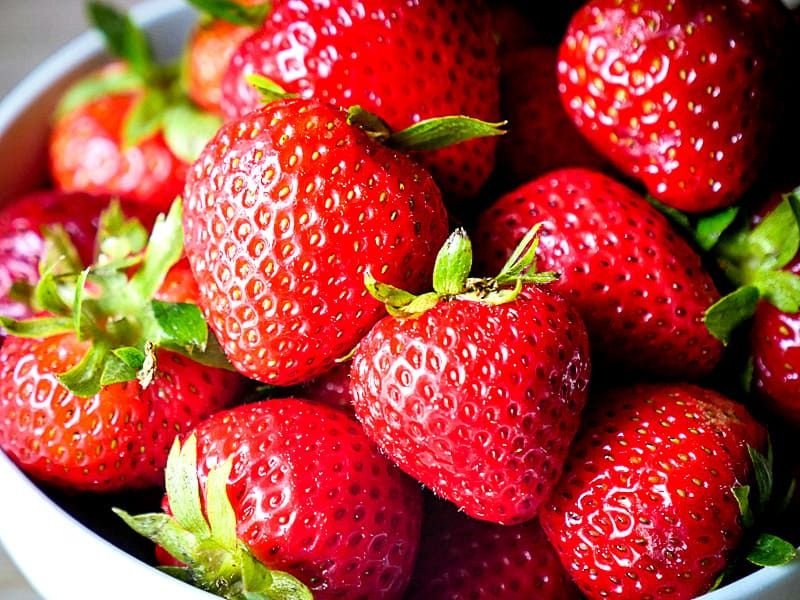
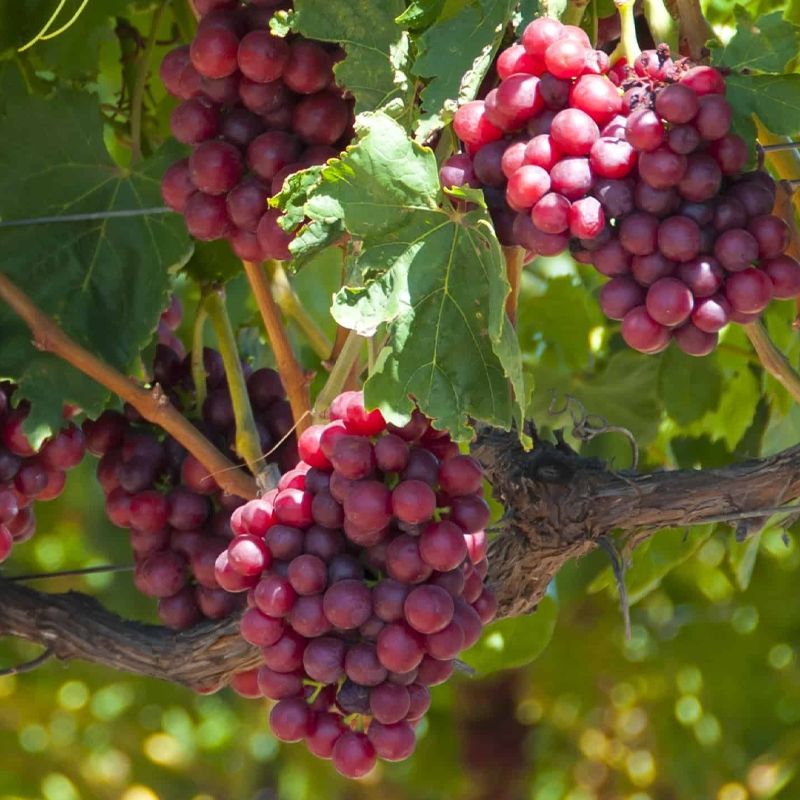
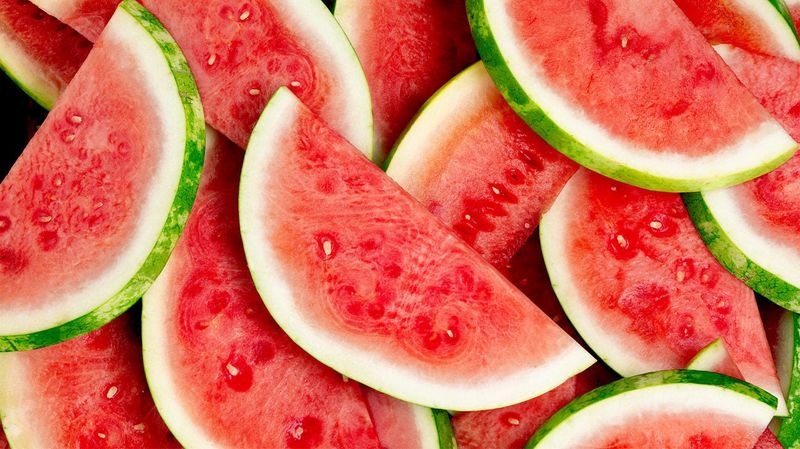
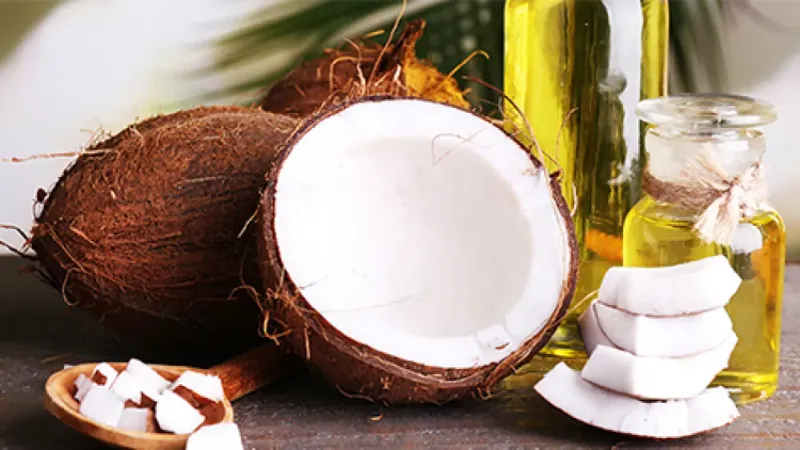
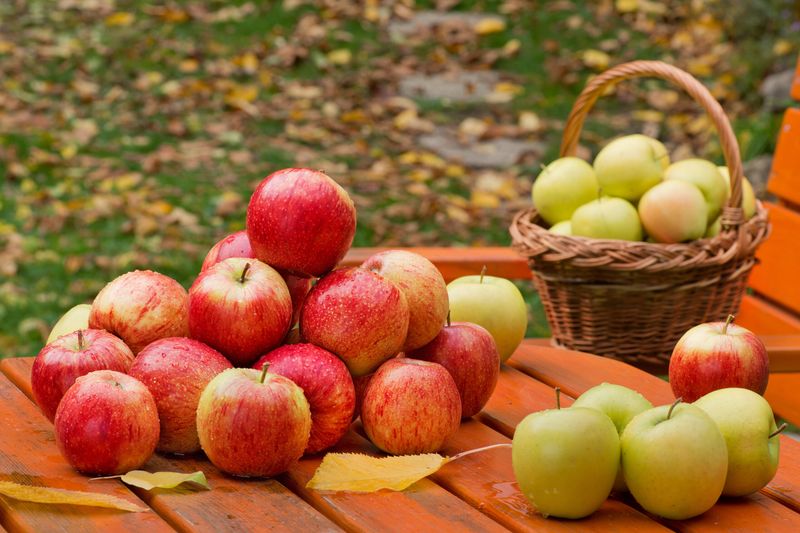
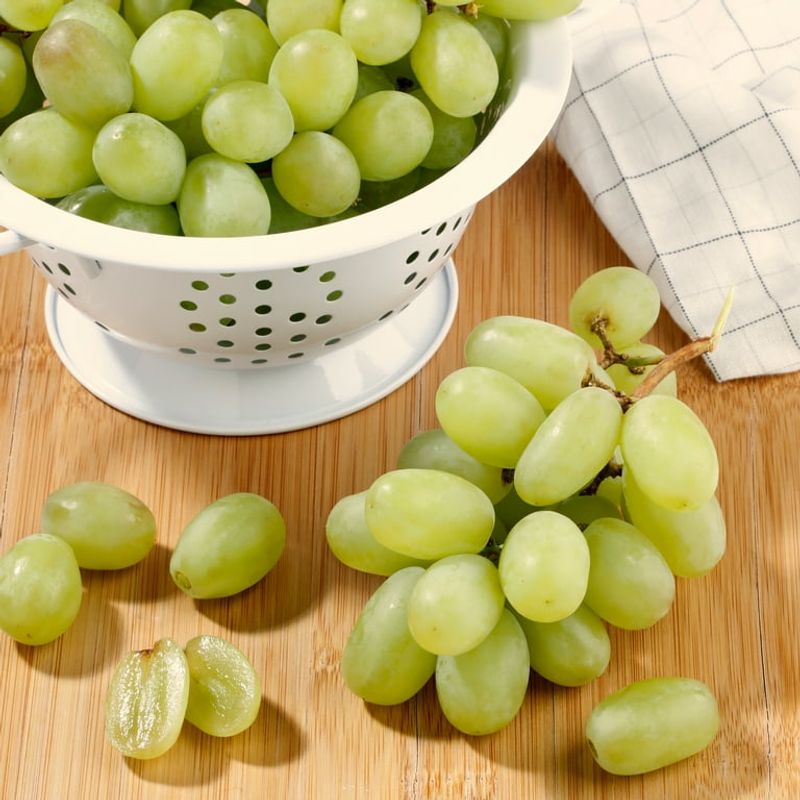
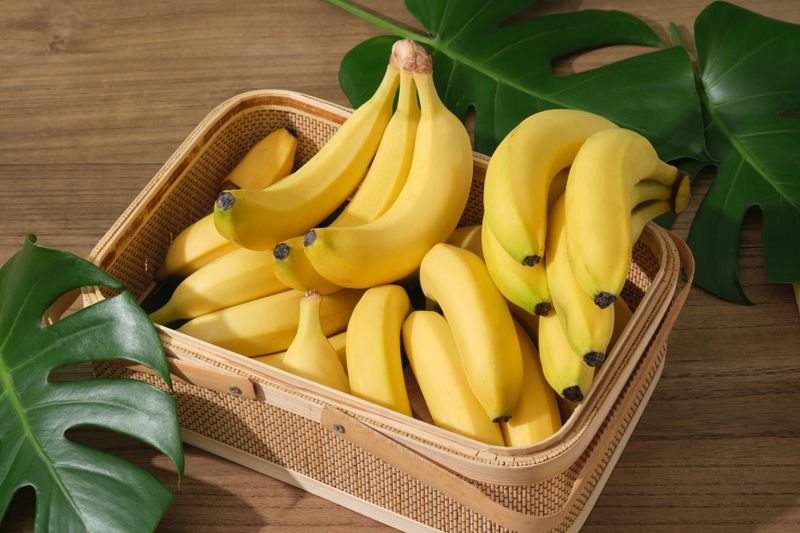
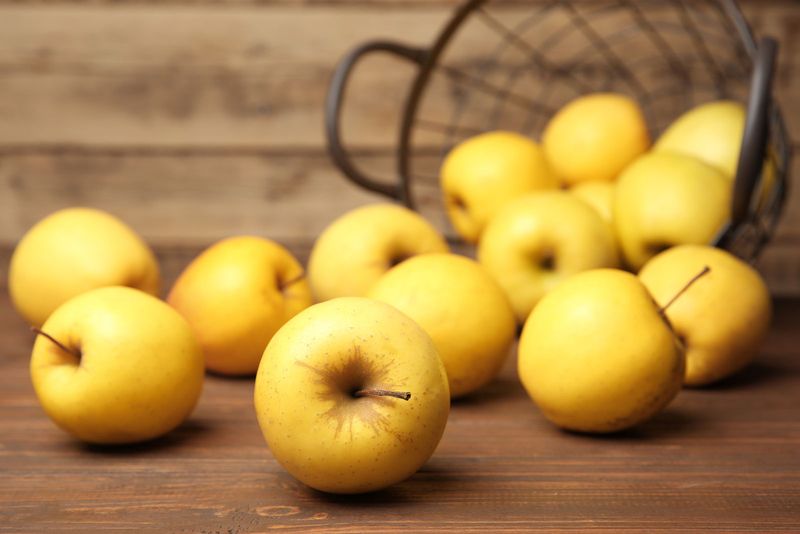
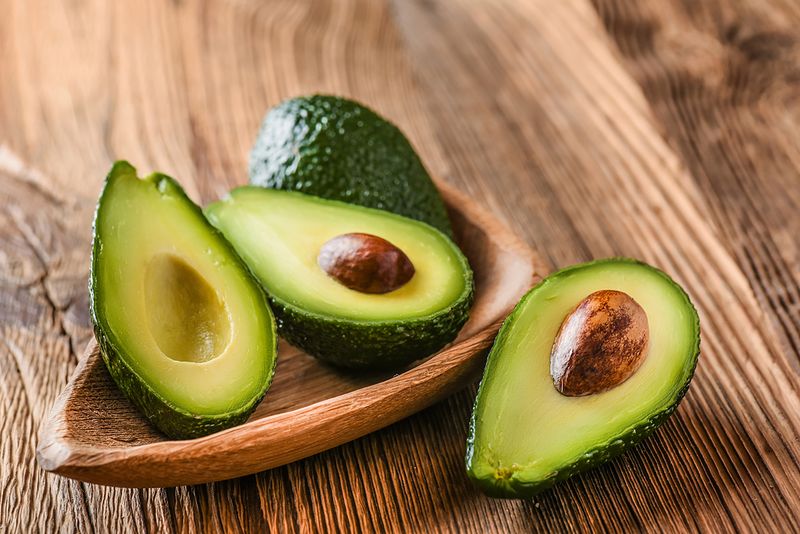
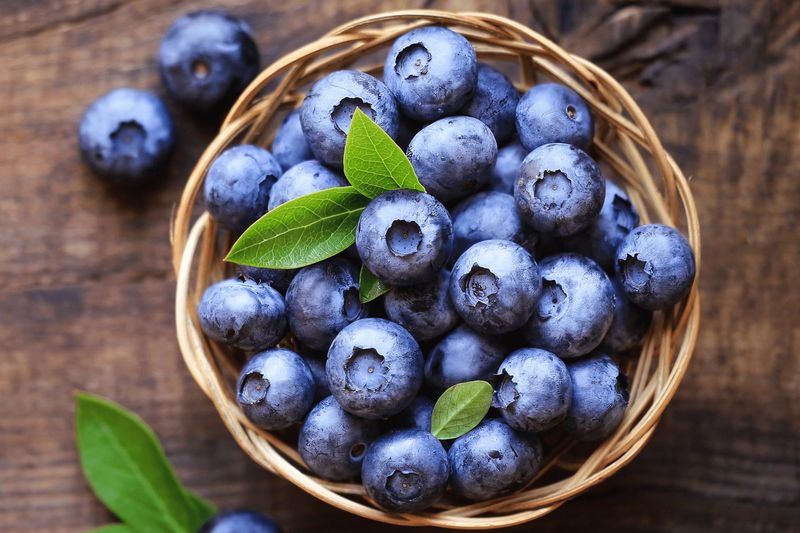
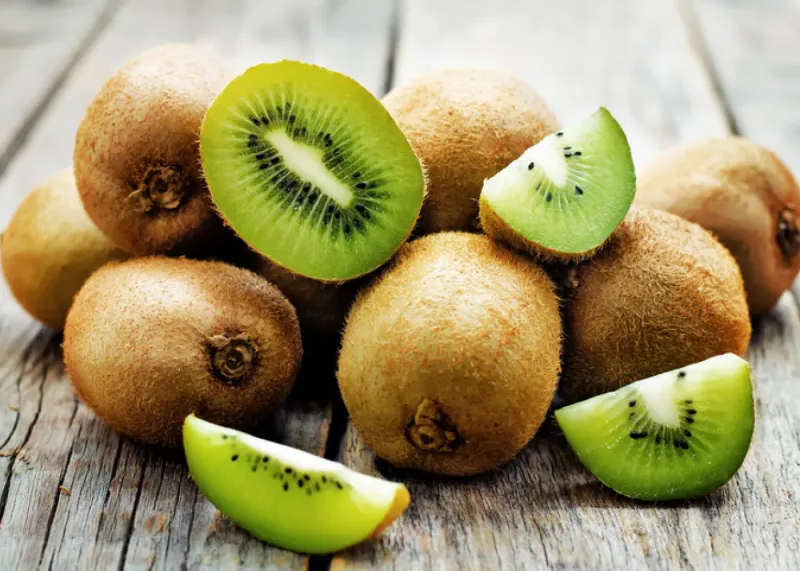
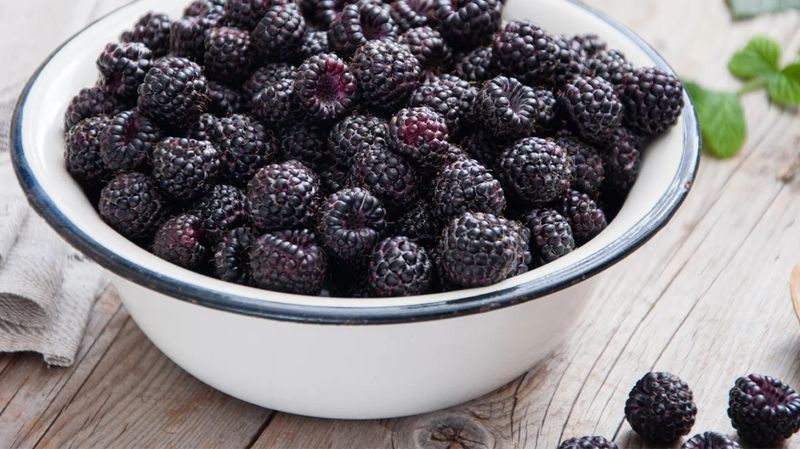
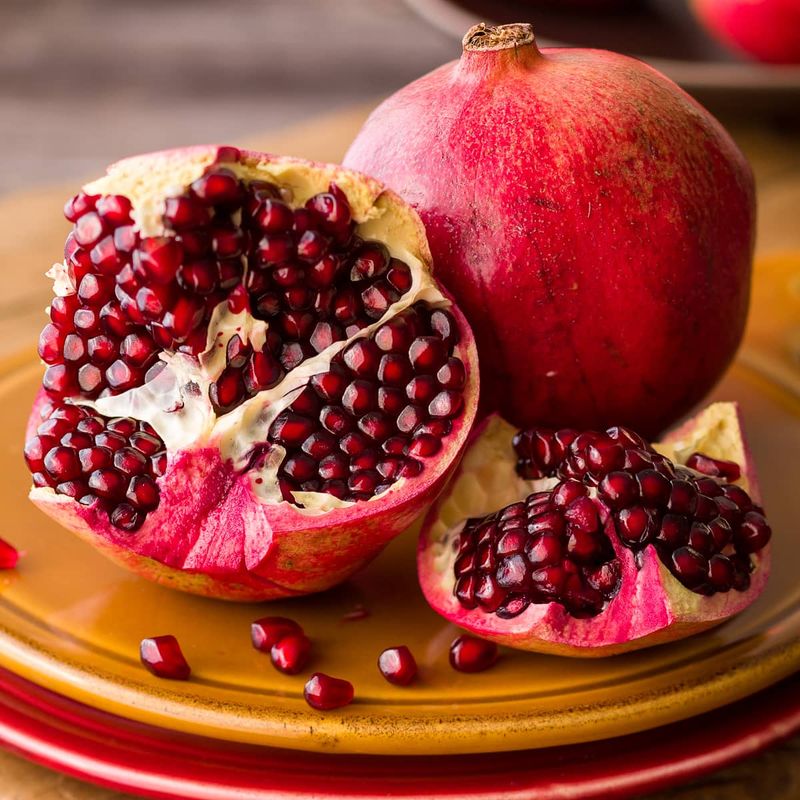
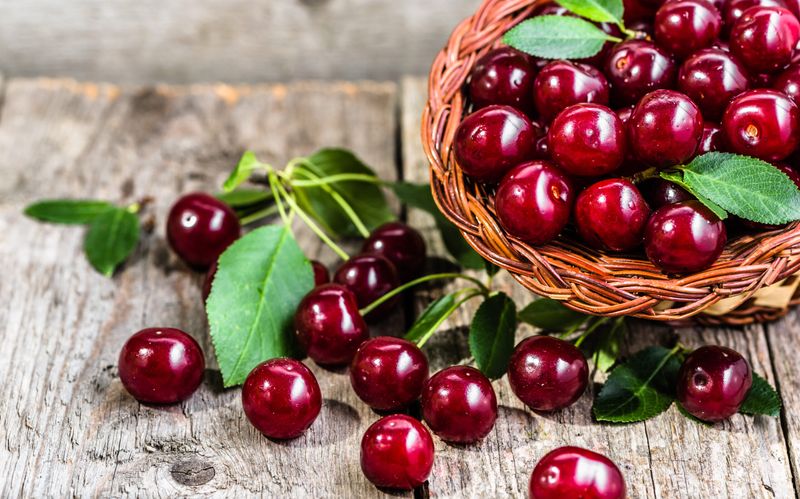
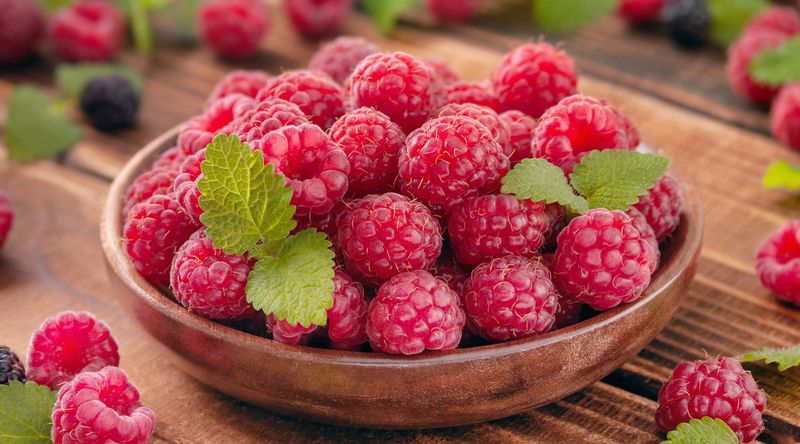
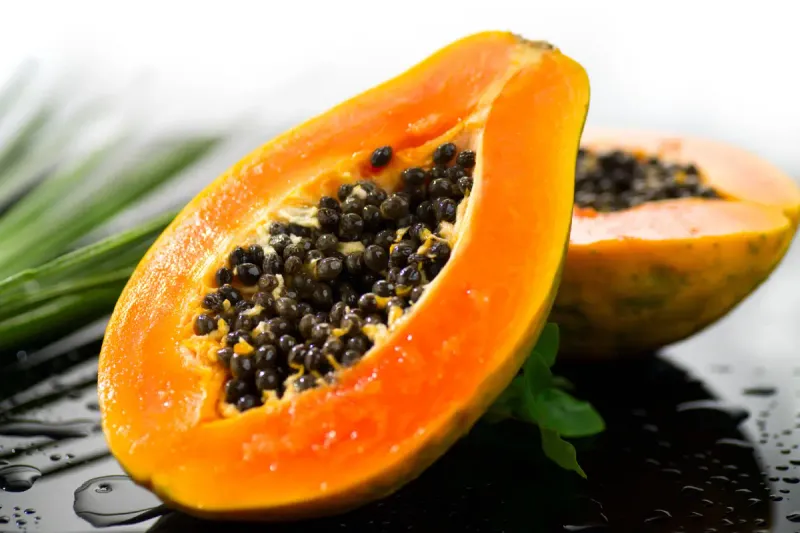
Leave a comment